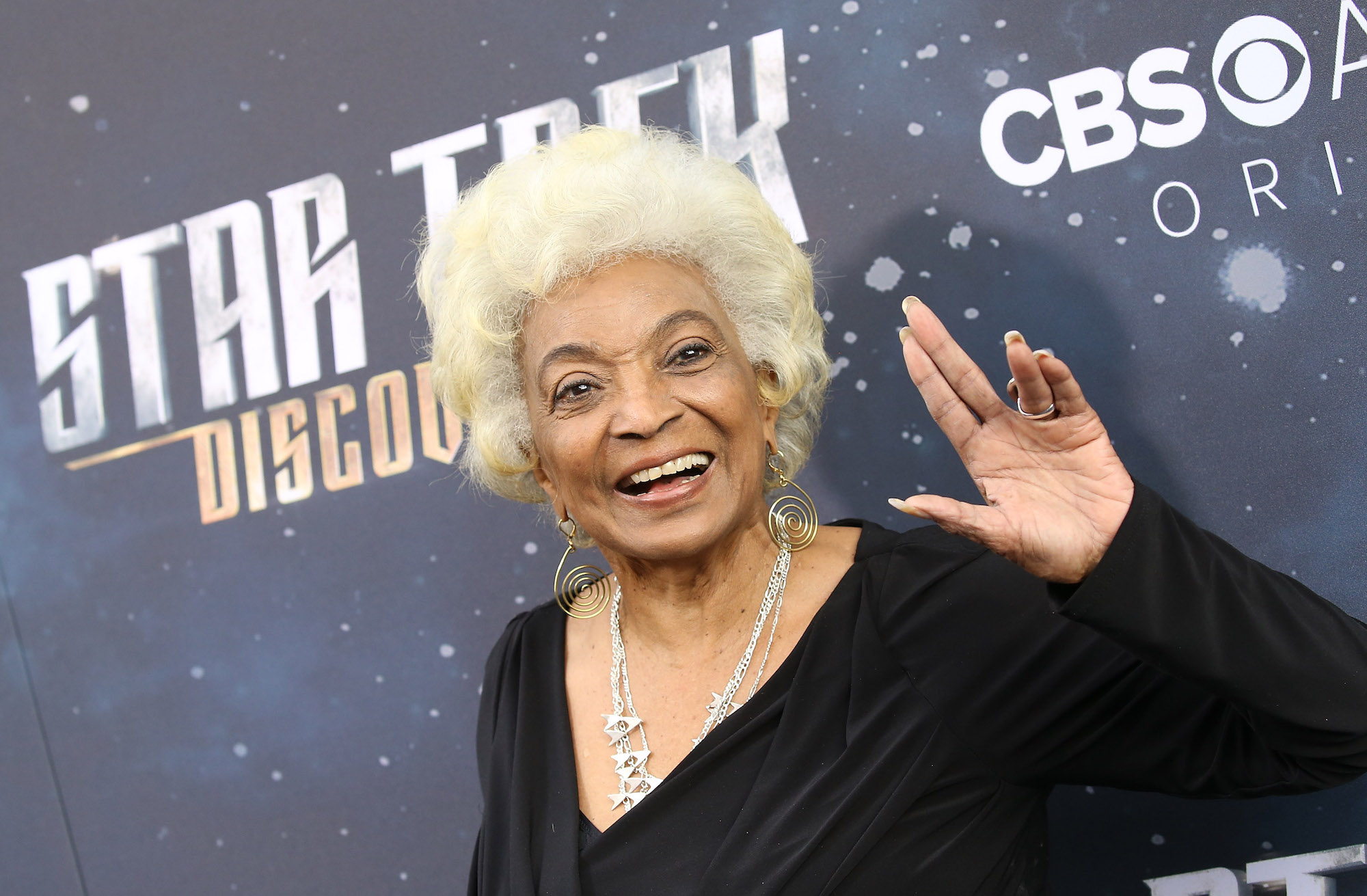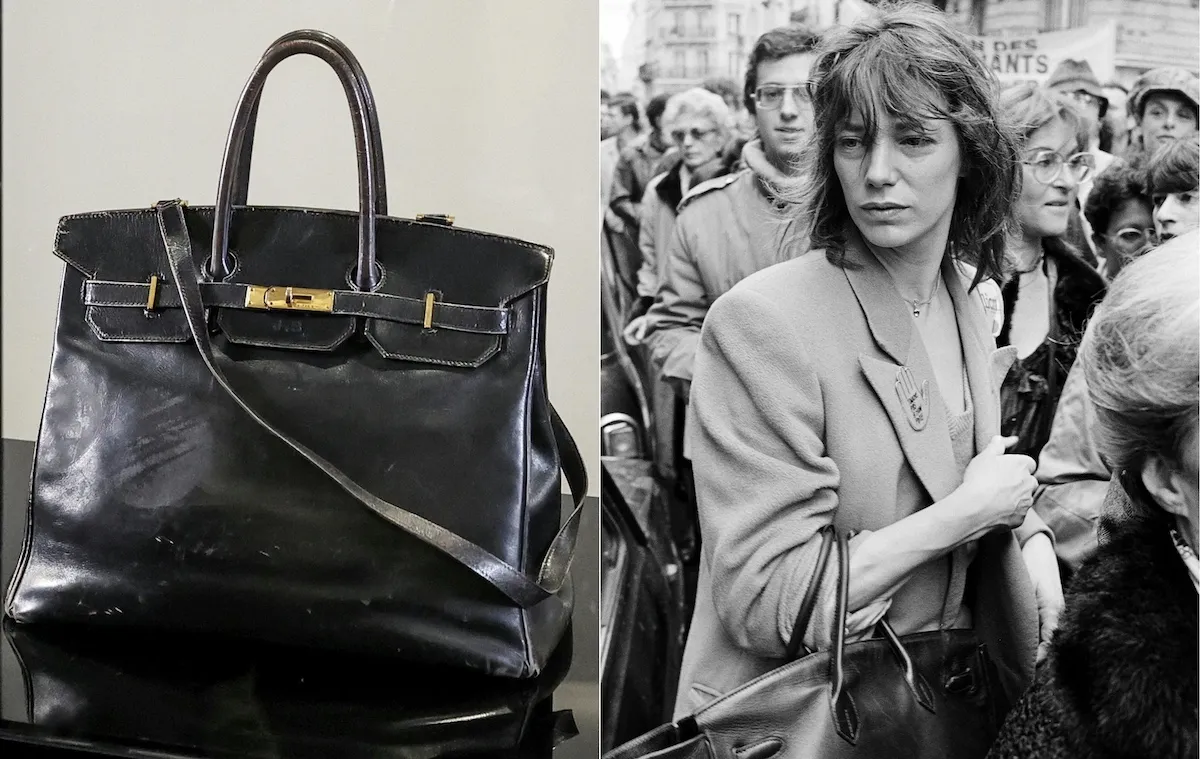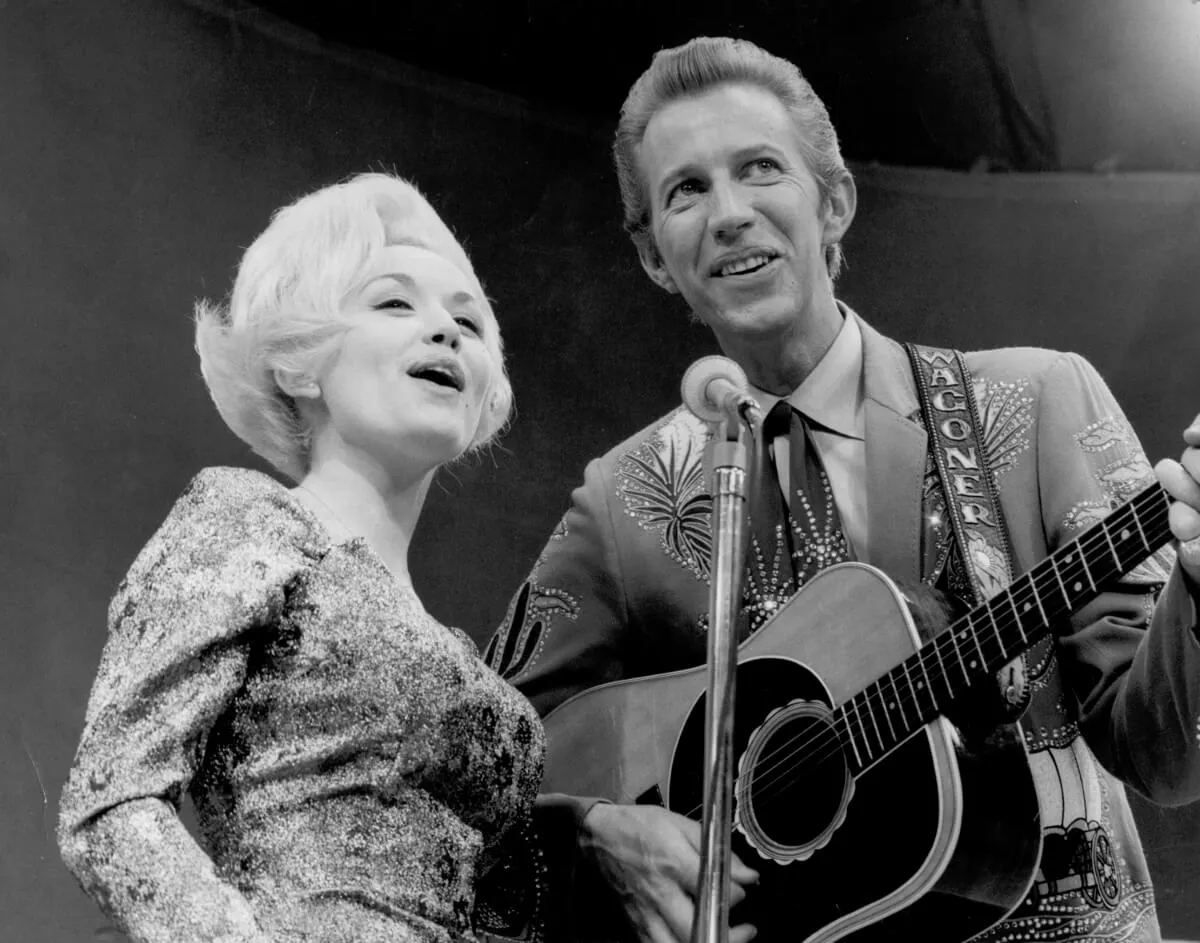How the Star Trek Franchise is Blazing a Trail for Actors of Color
Star Wars and Star Trek have both become icons of the space film genre. Although fans fight about which space-based franchise is better, one thing is for certain. Star Trek was always the more diverse galaxy.
Aside from Lando Calrissian, the Star Wars cast of characters was remarkably white. The hundreds of planets in the Star Wars universe are host to a diverse array of strange aliens, but the original three movies are notably devoid of actors of color. Star Trek never suffered the same shortcoming, and now the franchise is doing even more to blaze trails for people of color.
‘Star Trek’ has a diverse history

Although Star Trek’s original protagonists are white, the show was known for it’s diversity right off the bat. Leonard Nimoy and William Shatner, both white, may have been the stars of the show, they were surrounded by a diverse cast of characters the likes of which 1960s television had never seen before.
George Takei, the Japanese American actor who played Lt. Sulu, is still beloved by trekkies to this day, decades after his first appearance on the Starship Enterprise. Nichelle Nichols, a Black actress, played another lieutenant on the ship, Nyota Uhura.
The diverse casting on Star Trek is pervasive, throughout all installments, and throughout the history of the franchise, according to The Urban Daily. The current Star Trek sensation, Star Trek: Discovery is no exception. This season saw the addition of David Ajala, who joins actress Sonequa Martin-Green. Star Trek isn’t only blazing a trail for actors and actresses. There’s diversity behind the scenes, too.
‘Star Trek’ had it’s first Black female director
The new Star Trek spinoff, Star Trek: Picard, will make history in a few ways. The pilot will be the first Star Trek to have a female director, and the first to have a Black female director. Hanelle Culpepper worked alongside Sir Patrick Stewart on the much anticipated new show, which premiered in January.
Culpepper is no stranger to the franchise. She grew up watching the original Star Trek on TV in the 1960s, and the diversity made an impression on her at the time.
She’s not sure if she really knew why she liked the show at the time, but she does think that the representative cast of characters had something to do with it. Per The Undefeated: “I’m sure there was something about the diversity that hit me subconsciously and that’s why I connected with the show so much and became a Trekkie.”
It’s a sentiment many other actors of color have echoed. Star Trek’s diversity was a noticeable contrast to it’s space rival, Star Wars.
‘Star Wars’ still has a long way to go to catch up
Carl Sagan, space extraordinaire, famously said of Star Wars upon its original release, “They’re all white. Not even the other colors represented on the earth are present.” That was in 1978. The prequel movies that came out in the early 2000s saw some infusion of color.
For example, Samuel L. Jackson played Jedi leader Mace Windu, but the leading roles were still given to white actors. Disney has tried to reshape Star Wars legacy of white washing space with their new installments, and they’ve had some success.
Jon Boyega was the first Black actor to be cast in a leading role. Although his character, Finn, first appeared in The Force Awakens, he’ll likely be a staple of the franchise for years to come.
Despite the fact that Boyega’s casting was long overdue, some racist fans actually tried to create a movement to boycott the movie, using the hashtag #boycottStarWarsVII. Fans’ reaction proves that race and inclusion may be a fundamental difference between Star Wars and Star Trek. Fans of the latter have never protested an inclusive casting choice, because diversity has been part of the series since it’s inception. Before Star Wars went there, Star Trek made space for everyone.


